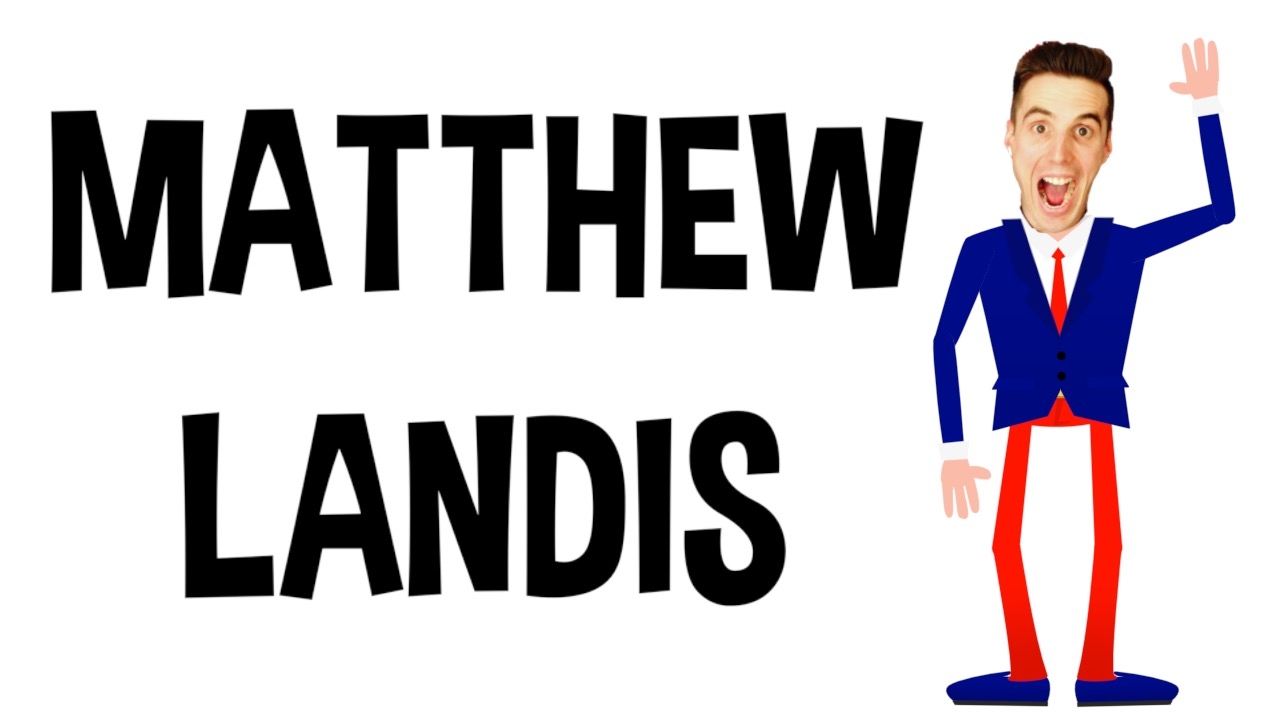The End Is Near. But Not Really.
Here is a truth: I love doomsday stories. I’ve always wanted to write one. Think a teenage version of The Road, maybe with zombies. Definitely motorcycles. A couple years ago I stumbled upon Charlie Higson’s The Enemy series and sobbed for days that he beat me to it. Then I binged a season of The Walking Dead and felt better.
I needed to forge my own direction—end the world my way. For a while, I wasn’t entirely sure what that was. I kept reading scary doomsday books (if you want to live in eternal dread, read One Second After by William Forstchen). And then this really interesting question floated up from the Ether: What if the apocalypse didn’t happen? What an epic letdown that would be, right?
This seemed funny—a reverse engineering of the whole thing. I was hooked. My brain went into overdrive with possibilities. I envisioned a kid convinced the world was ending only to find out (awkwardly) that the doomsday predictions he believed so completely turned out to be bogus. It felt ironic and weird and yet also sort of deep, the type of story that could explore some other stuff that was on my heart. It felt like me.
And so began the origin of my third novel, It’s the End of the World as I Know it. Like its predecessor, The Not-So-Boring Letters of Private Nobody, the story is set at the fictional Kennesaw Middle School—a virtual copy of the school I teach at in the Philly suburbs.
Yet unlike that book, it has zero to do with social studies. Nor are there zombies or motorcycles or long, dangerous roads to the sea. Just an 8th grade kid, Derrick, who’s been turning his backyard shed into a doomsday shelter for the better part of a year. Convinced the Yellowstone super volcano is set to blow on September 21st (nineteen days from the book’s opening), Derrick will not be caught off guard. He will survive The End, due in no small part to his not surviving the other apocalypse in his life: his veteran mom’s death in Iraq.
In my twelve years of teaching middle school, I’ve had many kids with parental death. Too many. I don’t honestly know how they bear it—but they do, and it is quite something. I wanted to tell you about them, let you imagine the trauma of sudden and permanent loss they endure—“doomsday” if there ever was such a thing. I wanted to sketch the supporting players: the surviving parent and other sibling. The guidance counselor and therapist. The friend.
I’ve also had a student, equally amazing, who endured a potentially fatal illness. What was that like, I wondered—to have survived this “end”? How does peeking behind the curtain change the way a kid lives? This inspired Derrick’s foil and friend in the novel, Misty, fresh off a kidney transplant that nearly took her off the map before the game really got going. I pictured her just getting started with life as Derrick was getting ready for The End—her trying to cram it all in while he was packing it in. The intersection of those paths became the arc of this book. There’s also some poop jokes, a python that gets loose, and Pop-Tarts. Lots of Pop-Tarts.
I still love the gritty survival story set in a world-gone-to-hades (should you also, go read American War by Omar El Akkad, it’s fantastic). But that is not this book, because I’ve been learning that real life has plenty of actual apocalypses. It’s The End of the World As I Know It is about two kids surviving their own doomsdays and facing the changes it wrought in them. It is a story of friendship, grief, and the many ways the world can end—and begin again.
Did you know this book is available to preorder on Amazon and Audible? It is. Do it.






